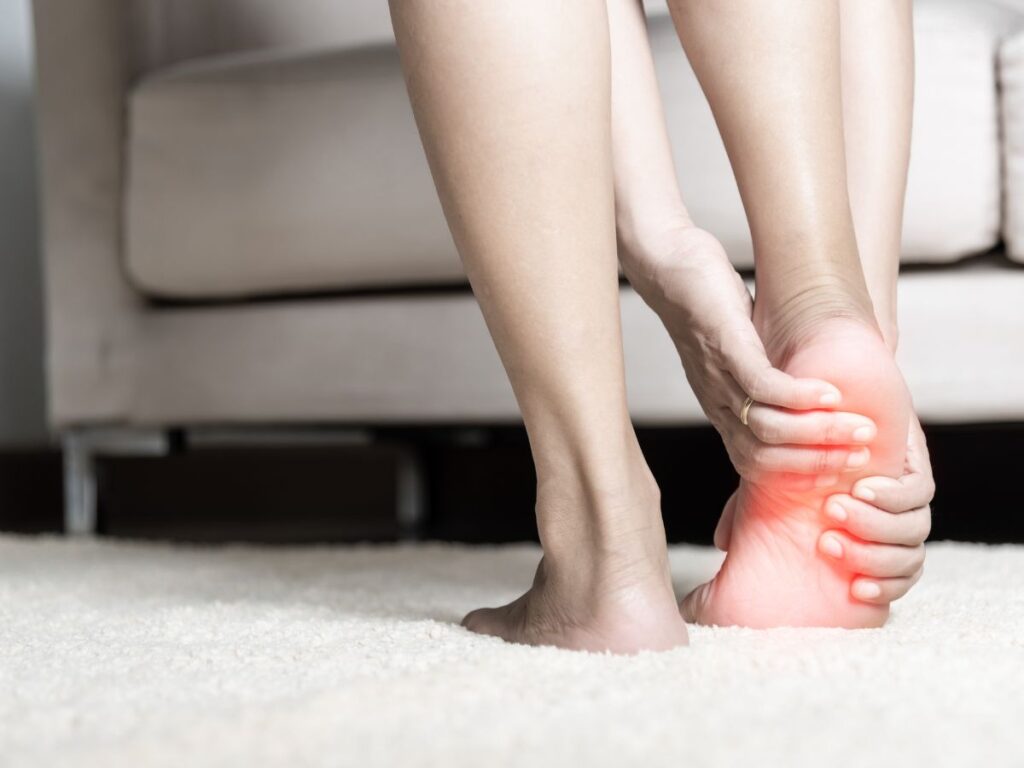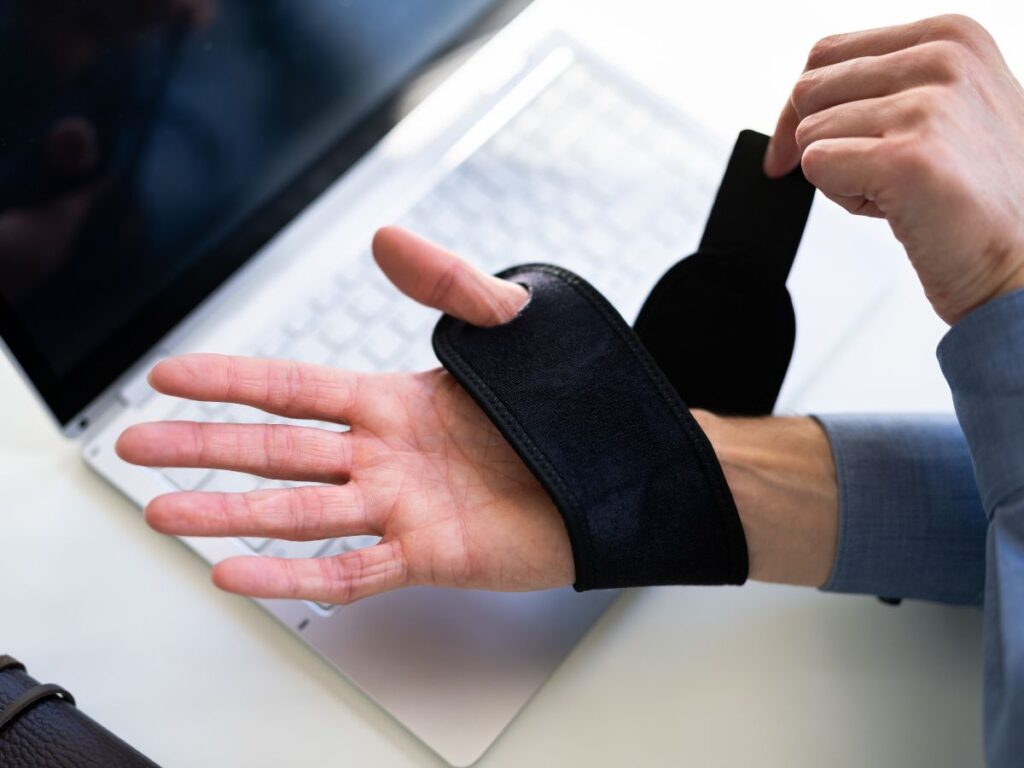Why Lower Back Pain Matters
Lower back pain ranks among the most common musculoskeletal complaints, impacting individuals of all ages. This area bears much of the body’s weight, so any misalignment or muscular imbalance can lead to persistent aches or even sharp twinges. If unaddressed, lower back pain can limit your daily activities and erode overall well-being.
Because the lumbar region is involved in actions like bending, lifting, and twisting, discomfort here often has a wide ripple effect. Even a slight strain may escalate if you continue your routines without adjusting posture or strengthening weak areas. By recognizing early signs and taking corrective measures, you can often avoid long-term issues.
Key Causes and Risk Factors
Several factors contribute to lower back pain, and understanding them provides a roadmap for prevention and relief. Common causes include:
- Poor Posture: Slouching or leaning forward strains the spine.
- Weak Core Muscles: Insufficient abdominal support leaves the lower back vulnerable.
- Sedentary Lifestyle: Prolonged sitting tightens hip flexors and back muscles.
- Obesity: Excess body weight increases load on the lumbar region.
- Emotional Stress: Muscle tension often accumulates in the lower back under stress.
By pinpointing which of these elements affect you most, it’s easier to devise a targeted plan. Addressing underlying risk factors forms the backbone of any lasting solution.
Signs and Symptoms to Watch
Lower back pain can manifest as dull aches, sudden jolts, or stiffness upon waking. You might experience pain that worsens when bending forward or lifting objects. Some individuals also report muscle spasms or difficulties standing up straight. Additional signs include:
- Numbness in the legs or feet
- Tightness around the lower spine
- Reduced range of motion
- Difficulty transitioning from seated to standing
Early intervention can curb these symptoms before they intensify. Paying attention to how your back feels after repetitive tasks—such as housework, exercise, or manual labor—can alert you to problems in need of prompt attention.
Everyday Impact of Lower Back Pain
When discomfort persists, it can affect nearly every aspect of daily life. Simple chores like doing laundry or cooking can become burdensome. You might find yourself avoiding social outings or recreational sports. Over time, lower back pain also influences mood and energy, as chronic discomfort saps motivation and disrupts sleep. If you find yourself declining invitations or skipping workouts, your back issues could be at the root of these lifestyle changes.
A vicious cycle may emerge: limited activity leads to reduced muscle strength, which then exacerbates existing back problems. Recognizing this loop is crucial for breaking out of it through targeted exercises and mindful daily habits.
Diagnosing the Root Issues
An accurate diagnosis helps you pursue the right treatment and avoid a ‘one-size-fits-all’ approach. Healthcare providers often perform:
- Physical Exams: Assessing alignment, flexibility, and pain response.
- Imaging: X-rays or MRIs may be used to spot disc issues or structural irregularities.
- Reflex Tests: Checking nerve involvement and possible compression.
Through these evaluations, experts can determine whether your pain stems from muscle strains, disc problems, or other spinal conditions. The more precise the diagnosis, the more effective your care plan will be.
Holistic Relief Methods
Addressing lower back pain often demands a multi-pronged approach. Consider integrating:
- Core-Strengthening Workouts: Pilates or planks develop abdominal support.
- Spinal Alignment Checks: Manual adjustments can correct minor imbalances.
- Massage and Myofascial Release: Relieves muscle tension and promotes circulation.
- Heat or Cold Therapy: Heat loosens tight tissues, while cold reduces swelling.
- Stress Management: Techniques like meditation or gentle yoga help relax tense muscles.
By blending these strategies, you tackle the root of the pain rather than just its symptoms. Building core stability and adopting better posture also yield sustainable results.
Practical Steps for Prevention
Prevention is often easier than dealing with long-term aches. Try these everyday tips to minimize stress on the lumbar spine:
- Use an ergonomic chair that maintains natural spinal curves.
- Stand up every hour to stretch or walk briefly.
- Engage in low-impact exercises like swimming or walking.
- Practice mindful lifting techniques: bend the knees and keep objects close to the torso.
- Incorporate brief core workouts into your weekly routine.
Over time, small habitual changes can significantly lighten the load on your lower back. Consistency is key—once these habits become second nature, you’ll notice fewer flare-ups and quicker recovery times.
Maintaining Momentum for Healing
One challenge of managing lower back pain is sticking to recommended exercises and posture adjustments. A busy schedule or fluctuating motivation can derail even the best intentions. To maintain momentum, consider setting specific goals like ‘complete a 10-minute core routine every morning’ or ‘take a standing break after each completed work task.’
Logging your progress in a journal or app helps you see improvements over time, keeping you accountable and motivated. Celebrate small milestones, such as reduced pain when bending or sleeping through the night without discomfort.
Book Your Appointment Here
Ready to address your lower back pain in a comprehensive, personalized way? Take the step toward lasting relief by booking an appointment directly on this page. Our approach focuses on identifying the root causes—whether they involve posture, muscle imbalances, or stress—and customizing a plan to restore your comfort and mobility.
Don’t let lower back pain determine your day-to-day choices any longer. Schedule your appointment now, and begin the journey toward better spinal health and renewed vitality.






